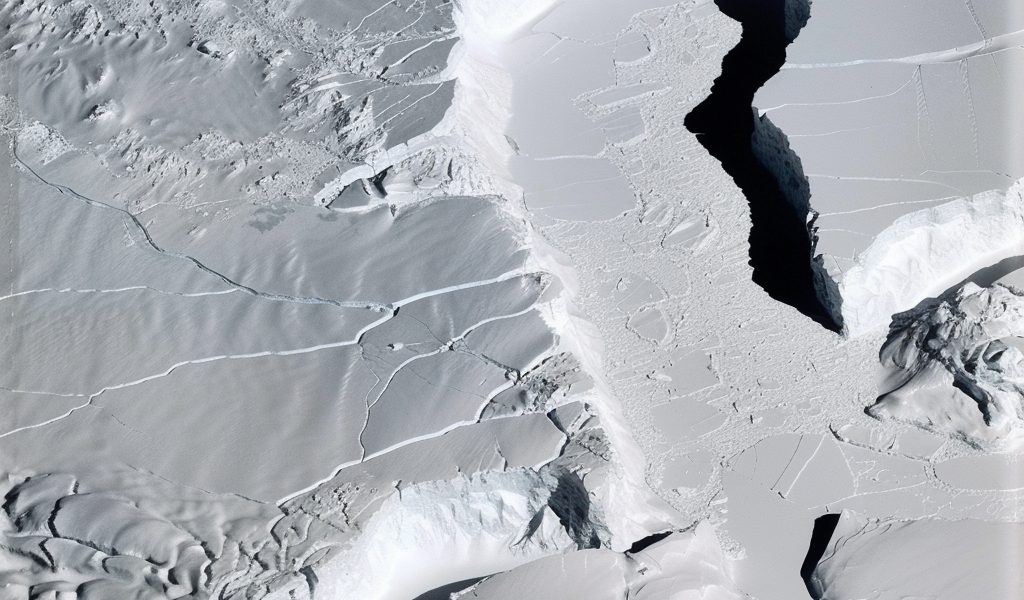A recent study has revealed that the Wilkes Subglacial Basin, a massive ice sheet in East Antarctica, may be on the verge of rapid melting, potentially leading to a significant rise in global sea levels. The basin, which was previously considered stable, could raise sea levels by as much as 10 feet if it were to collapse.
Researchers utilized radar surveys conducted from aircraft to examine the ice beneath the sheet, uncovering concerning findings about the stability of the ice. The study, published in the journal Geophysical Research Letters, suggests that small temperature increases beneath the sheet could trigger a collapse, leading to substantial ice melt.
Eliza Dawson, a doctoral student in geophysics at Stanford University and the first author of the study, emphasized the significance of the findings, stating, ‘We’re looking at the temperature at the base of the ice sheet for the first time and how close it is to potentially melting.’
The Wilkes Subglacial Basin stretches 870 miles inland and contains ice that is 1.9 miles thick, with its base sitting below sea level. This positioning makes the glaciers susceptible to melting from warming seawater inflows, posing a significant risk of rapid ice loss.
While scientists had previously focused on studying the stability of West Antarctica’s ice, recent research has indicated that the East Antarctic Ice Sheet has experienced significant melting and retreat during previous warming periods. This raises concerns about the potential for the vast ice sheet to undergo rapid melting in the future.
The findings of this study underscore the urgent need for further research and monitoring of East Antarctica’s ice sheets to better understand the potential impacts of climate change on global sea levels.





